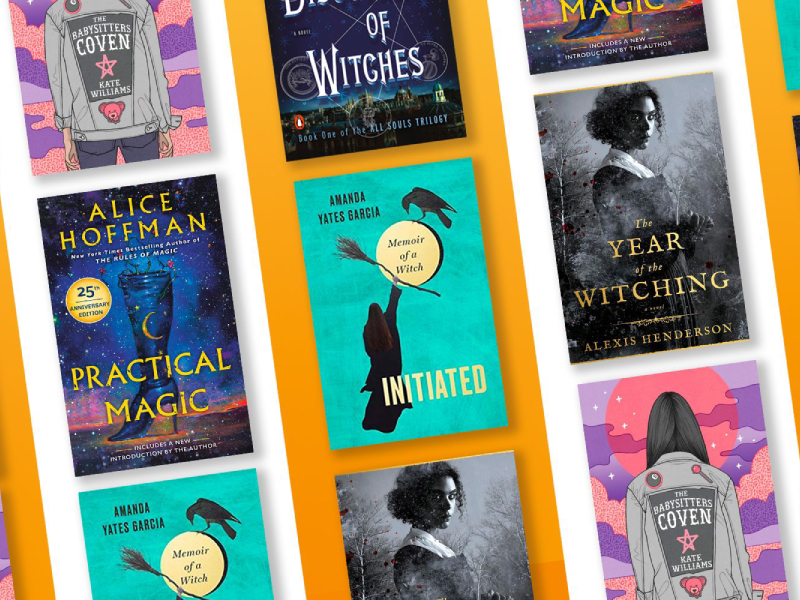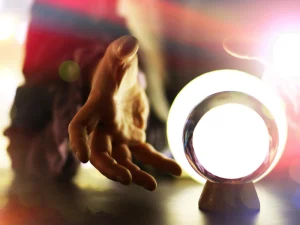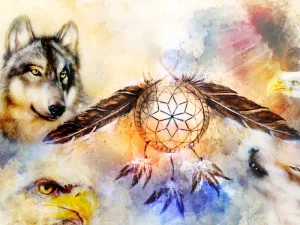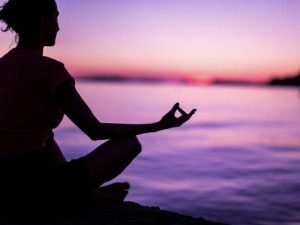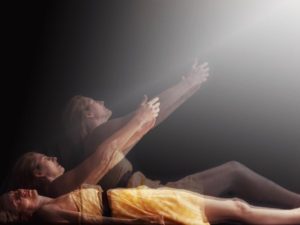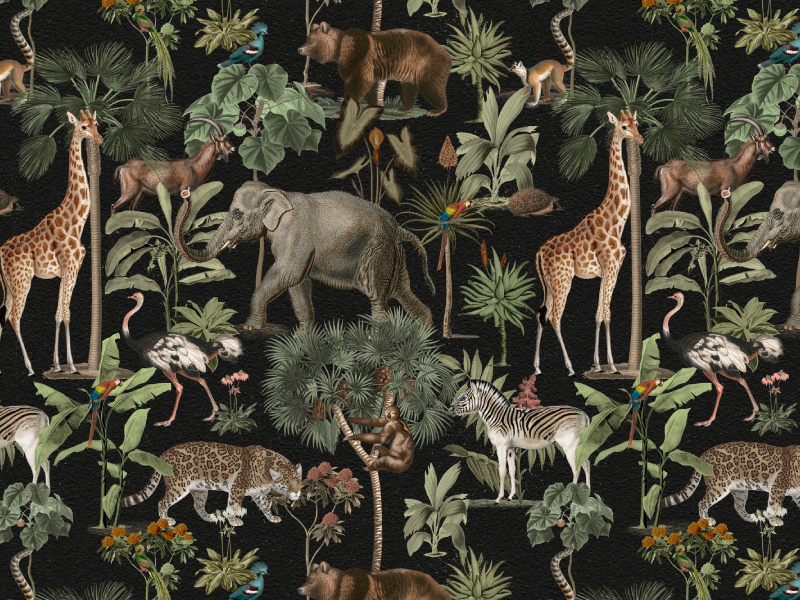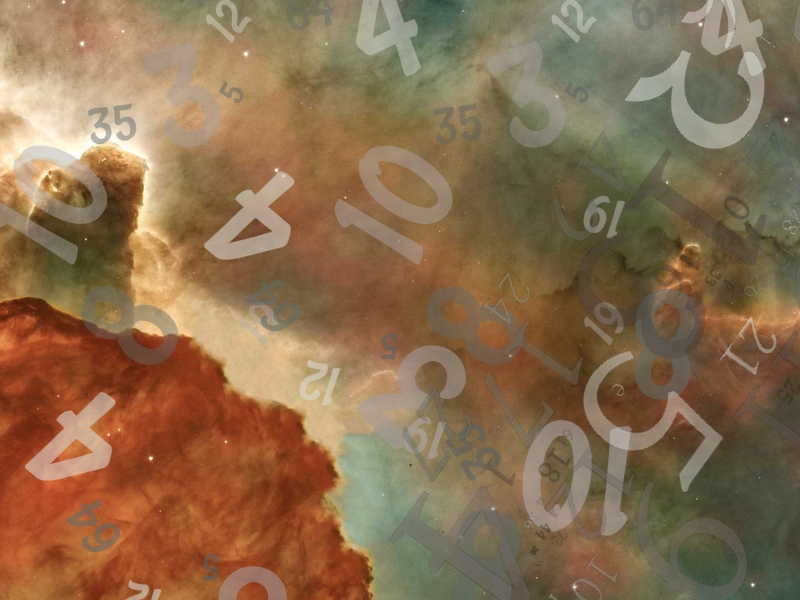Have you always wanted to manufacture potions from plants and herbs for daily healing or use the moon’s power to make your dreams come true? Here are 10 witchcraft books ideal for novice and experienced witches, recommended by professionals in Witchcraft and Wicca, including Arin Murphy-Hiscock, Scott Cunningham, and Lisa Chamberlain.
1. Buckland, Raymond: Complete Book of Witchcraft
One of Wicca’s most prolific authors, Raymond Buckland’s Complete Book of Witchcraft is still widely read even twenty years after its initial release, and for a good cause. Even though this book represents a more eclectic strain of Wicca as opposed to a specific lineage, it is nonetheless provided in a workbook-like format that enables novice practitioners to complete the exercises at their own pace and pick up new skills as they go. There is a lot of helpful information regarding rituals, instruments, and magic itself for more seasoned readers.
2. Cunningham, Scott: Wicca, A Guide for the Solitary Practitioner
Before his untimely passing, Scott Cunningham published several works, but Wicca: A Guide for the Solitary Practitioner is still one of the best-known and most practical. This book has a wealth of information on how to begin practicing Wicca and magic, even if the tradition of Witchcraft described in it is more closely aligned with Cunningham’s eclectic path than any other tradition. This book is an invaluable tool if you’re interested in learning and practicing independently rather than immediately joining a coven.
3. Curott, Phyllis: Witch Crafting

Curott is an attorney who has dedicated her career to researching and writing about First Amendment issues. Witchcraft does not just consist of a set of spells, rites, or prayers. Finding the god and goddess in your daily life, the duality of male and female in the divine, and the advantages and disadvantages of coven life versus solitary pathways are amongst the crucial topics covered in this hard-hitting examination of magical ethics. In addition, Curott presents a highly intriguing interpretation of the Rule of Three.
A warning issued to newly initiated witches in various magical tradition is known as the Rule of Three, also known as the Law of Threefold Return. The aim is to serve as a warning. It prevents those who are just learning about Wicca from believing they possess magical superpowers. It also discourages people from using negative magic without carefully considering the repercussions, if it is heeded.
4. Farrar, Janet & Stewart: A Witches’ Bible: The Complete Witches’ Handbook

This book’s first portion explains in detail the Sabbat ceremonies and elaborates on the significance of the holidays. Even though the rites are the Farrar’s own, the Gardnerian tradition, Celtic Folklore, and other aspects of European history all play a significant role. In reality, the second half of the book is another book that examines the principles, and practices of contemporary Witchcraft. This book is a perfect look at the evolving idea of what exactly qualifies someone as a witch, despite the authors being somewhat conservative by today’s standards.
5. Gardner, Gerald: Witchcraft Today
The Gardnerian tradition and modern Wicca as we know it today were both founded by Gerald Gardner. But anyone on a Pagan path should read his book Witchcraft Today. Gardner was a folklorist, which comes through in his writing, thus some of the assertions in Witchcraft Today should be taken with a grain of salt. Till date this book remains one of the pillars upon which modern Wicca is built.
6. Hutton, Ronald: Triumph of the Moon

Triumph of the Moon is a book on Pagans written by a non-Pagan, and professor Ronald Hutton does a fantastic job while doing so. This book examines how modern Pagan faiths came into being and how they not only descended from ancient Pagan cultures but also owe a great deal to writers and thinkers from the 19th century. Hutton is a scholar, but his lighthearted humor makes this a fun read, and you’ll learn much more about modern Pagan religions than you ever imagined.
7. Morrison, Dorothy: The Craft, A Witch’s Book of Shadows
Although Dorothy Morrison’s book The Craft is intended for beginners, she manages to produce a work that can be helpful for anyone. Morrison offers routines and exercises that serve as teaching aids and are helpful. It’s a fantastic place to start for anyone wishing to learn about Wicca and how to make your rituals and workings despite its emphasis on the more humorous aspects of Witchcraft.
8. Russell, Jeffrey: A History of Witchcraft

A historical account of Witchcraft is provided by historian Jeffrey Russell, including early Medieval Europe, the witch mania of the Renaissance, and current times. Russell examines three main types of Witchcraft, including sorcery, satanic Witchcraft, and modern Witchcraft, without bothering to embellish the past to make it more attractive to contemporary Wiccans. A renowned religious historian, Russell accepts that Witchcraft in and of itself can be a religion while yet managing to make for an exciting and educational read.
9. Serith, Ceisiwr: A Book of Pagan Prayer
A Book of Pagan Prayer by Ceisiwr Serith is unique in the marketplace. Many Pagans do pray, even though some think prayer is a Christian idea. Hundreds of prayers prepared to address the needs of Pagans from many traditions can be found in this particular volume. There are prayers for various occasions, such as handfastings, births, and deaths; for seasons, such as the harvest and midsummer; and for various gods, as well as petitions and litanies. Serith also discusses the ideas of prayer, including how and why we pray and advice on how to formulate our prayers.
10. Starhawk: The Spiral Dance

One of the most well-known Wicca works, The Spiral Dance, is also one of the most profoundly spiritual. The Spiral Dance, a book by well-known campaigner Starhawk, takes us on a journey through the spirituality of feminine consciousness. It’s worth reading because it includes chapters on trance magic, raising the cone of power, and magical symbols. Remember that the initial edition of this book came out twenty years ago, and Starhawk has stated that she has since changed her mind about some of the things she initially expressed, notably in regards to the polarity of the male/female.
Conclusion:
Since a few years ago, the number of books on Witchcraft has increased, but mind-body-spirit publishers now provide a diverse range of authors who draw magic from various sources, including distant locations, present trends, ancient times, and backyard herb gardens. This article is going to be the perfect post if you’ve decided you want to learn about contemporary Wicca or another modern Pagan path or more about witchcraft. This article features the top witchcraft books which you can enjoy reading and learn by practicing.
